LCM Restoration Effectiveness Monitoring
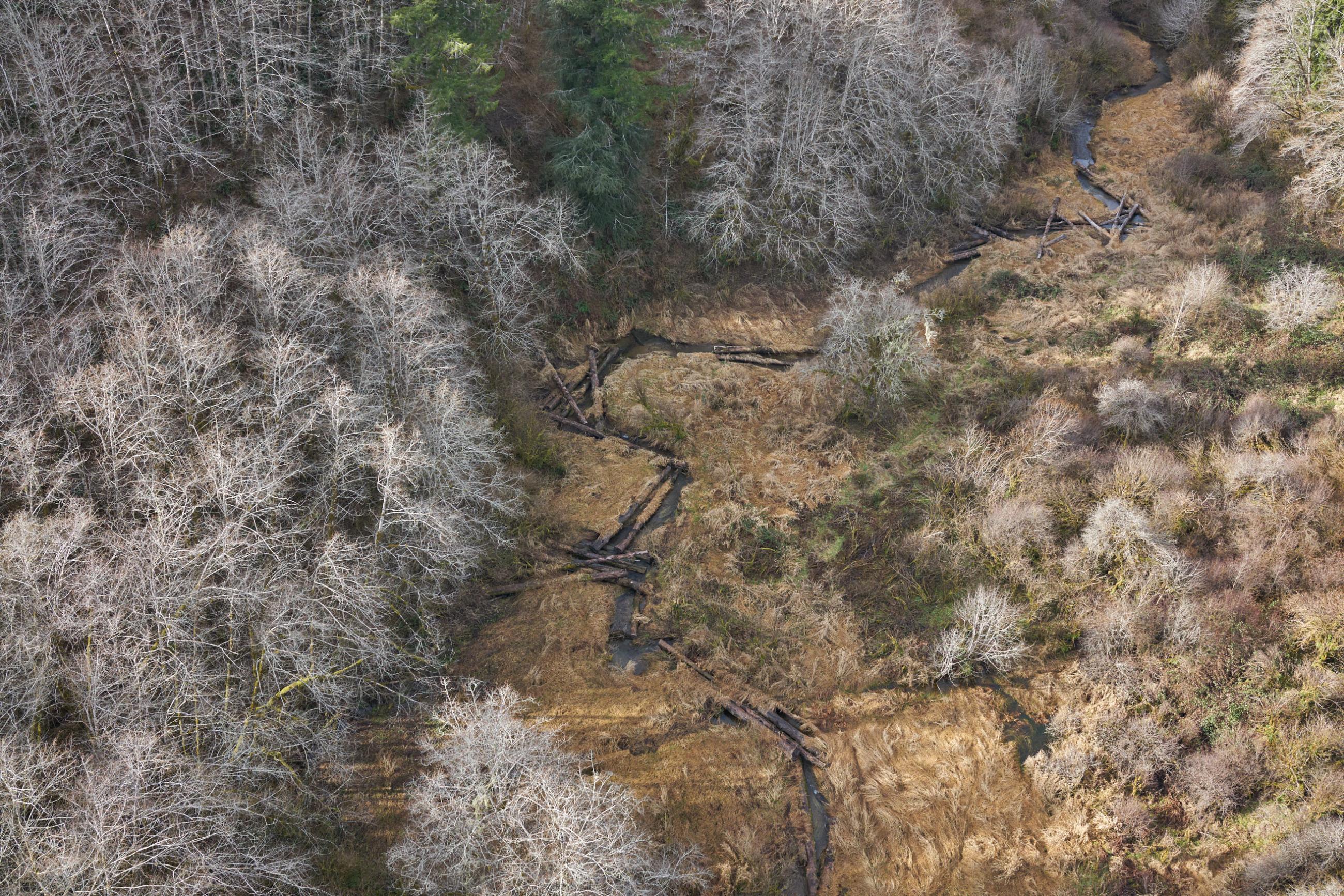
The long time series of fish abundance at replicate sites across the Oregon Coast has made Salmonid Life Cycle Monitoring sites attractive locations for restoration effectiveness studies.
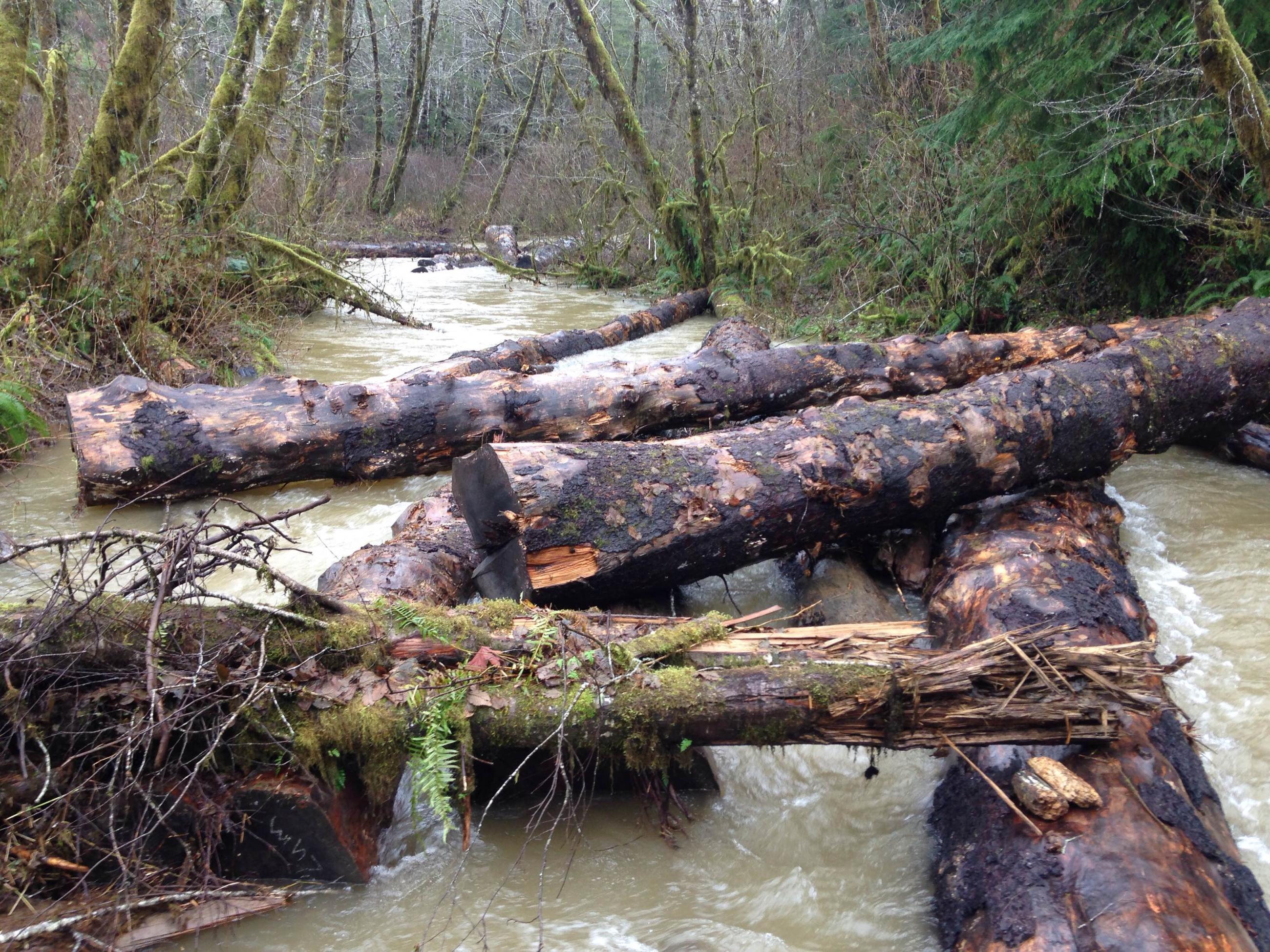
Mill Creek (Siletz)
A basin-wide large wood placement restoration project with a comprehensive before after control impact study design. LCM fish monitoring began in 1997 and includes tagging parr in late summer to examine freshwater survival by time, location, and size. Cooperators include OWEB, OSU, the MidCoast Watersheds Association, DEQ, and Weyerhaeuser.
Effectiveness monitoring proposal
Publications
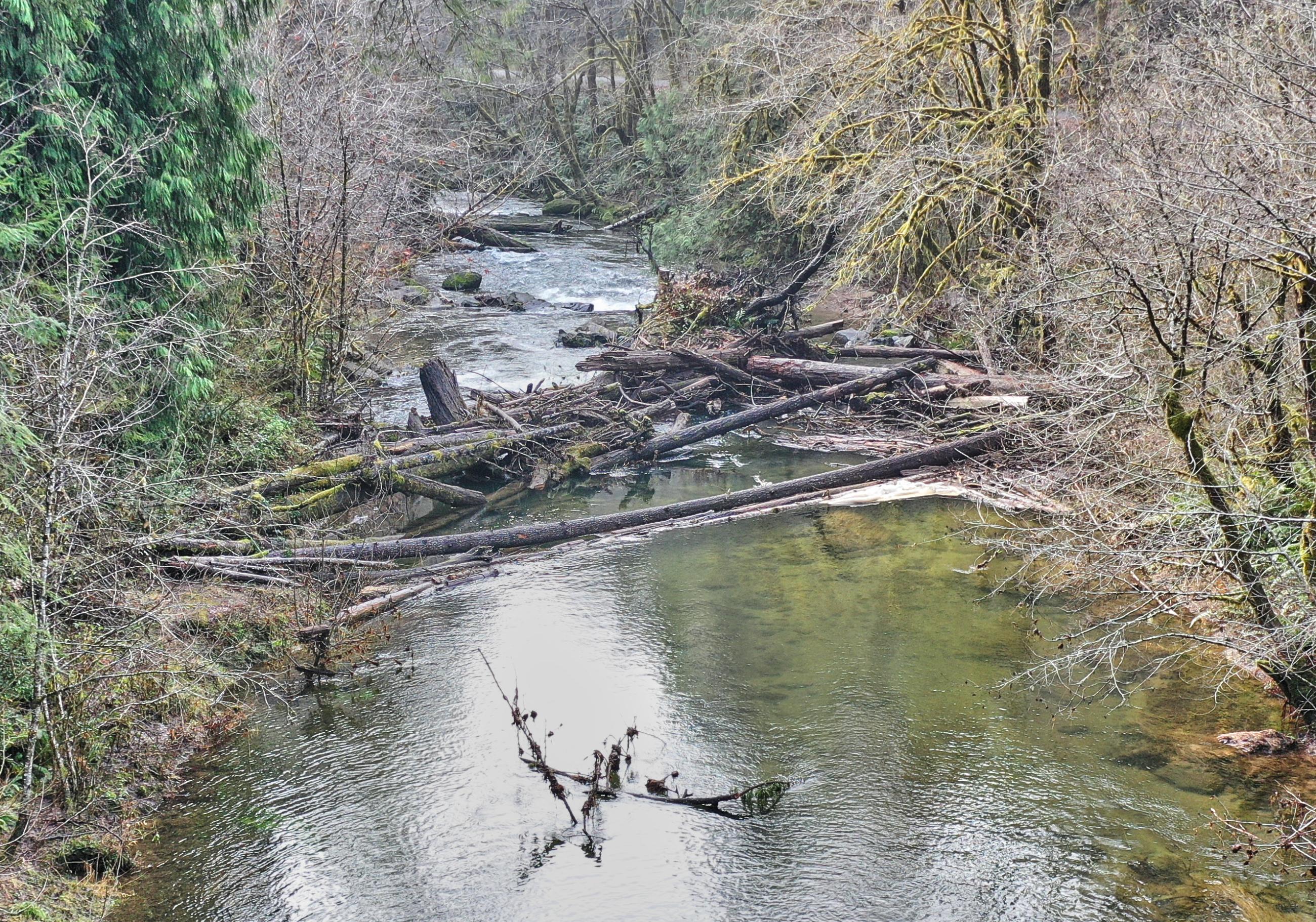
West Fork Smith River (Umpqua)
The BLM, in partnership with several groups, has a long history of restoration actions in the West Fork Smith River culminating in 2014. Spawning ground survey data from above the trap site goes back to 1958 and LCM fish monitoring began in 1998.
The Smith River Watershed Council has produced a video, fact sheet, and report about the restoration and monitoring in the West Fork Smith River.
The video is available on the SRWC home page.
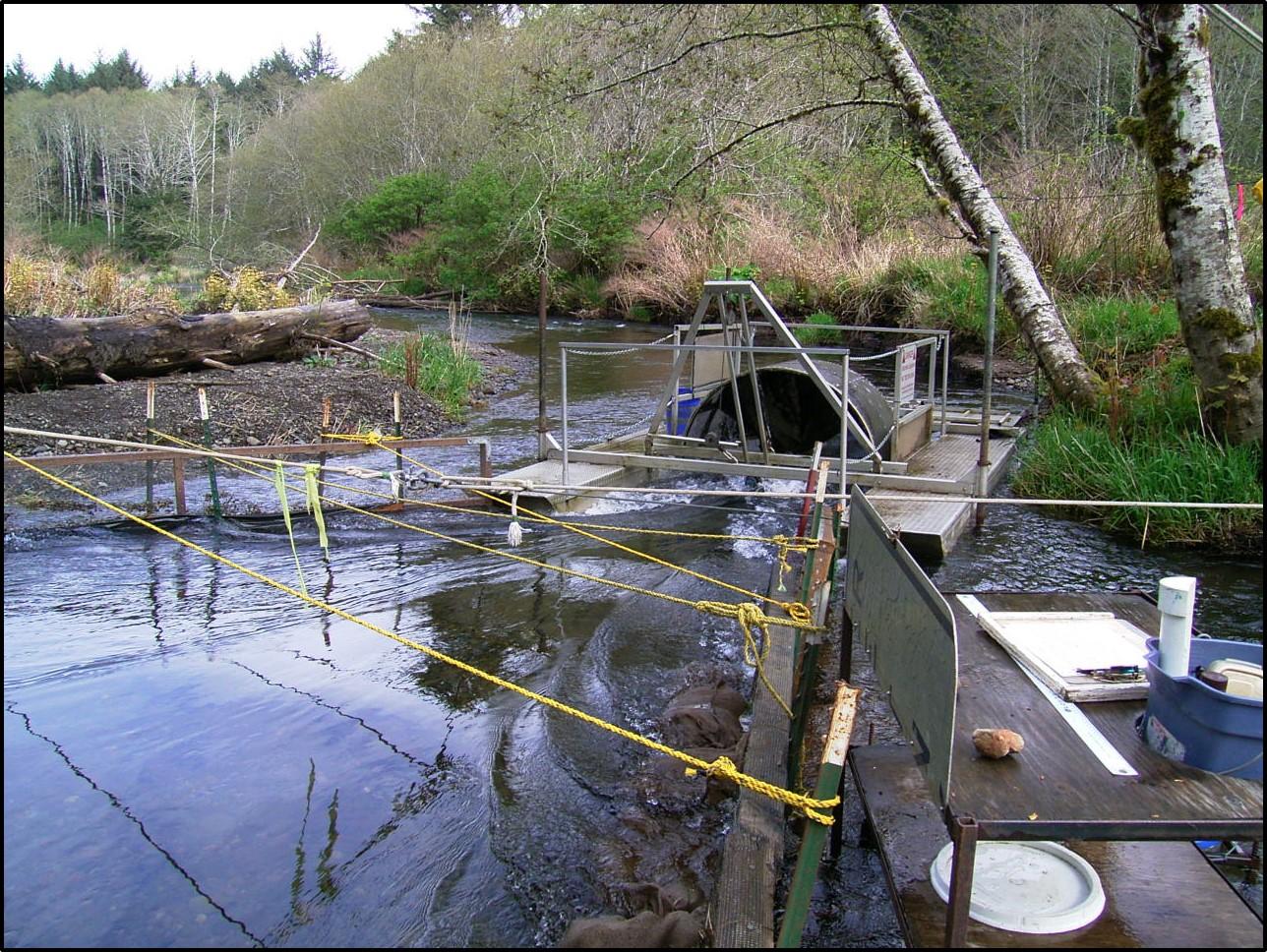
Tenmile-Cummins paired watershed study
Tenmile and Cummins Creeks are direct ocean tributaries where out-migrant traps can sample ocean going smolts at their last point in freshwater. This allowed study of steelhead smolts uncomplicated by possible downstream migration and rearing that can occur at interior sites. Originally conceived as a 12 year BACI design monitoring continues at Tenmile Creek to the present, for over 27 years, giving insight on the long term effects of in-stream restoration.
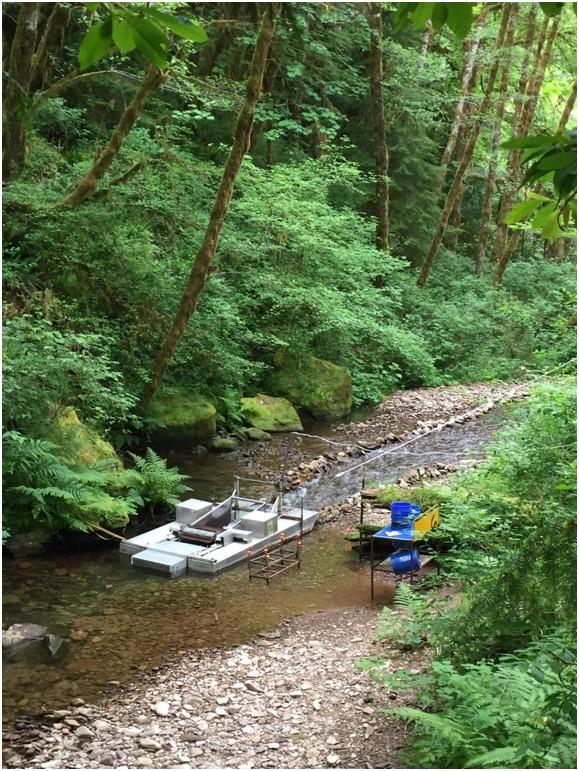
Lobster Creek (Alsea) paired watershed study
The East Fork and Upper Mainstem of Lobster Creek are the longest running monitoring sites on the project and have documented salmonid survival and production before and after habitat restoration, the 1996 flood, more restoration, and, with monitoring continuing to the present, the long term effects habitat restoration. Through a combination of spawning ground surveys, summer parr snorkel surveys, and out-migrant trapping production and survival have been examined over a range of adult abundance and environmental conditions.
Effects of increasing winter rearing habitat on abundance of salmonids in two coastal Oregon streams